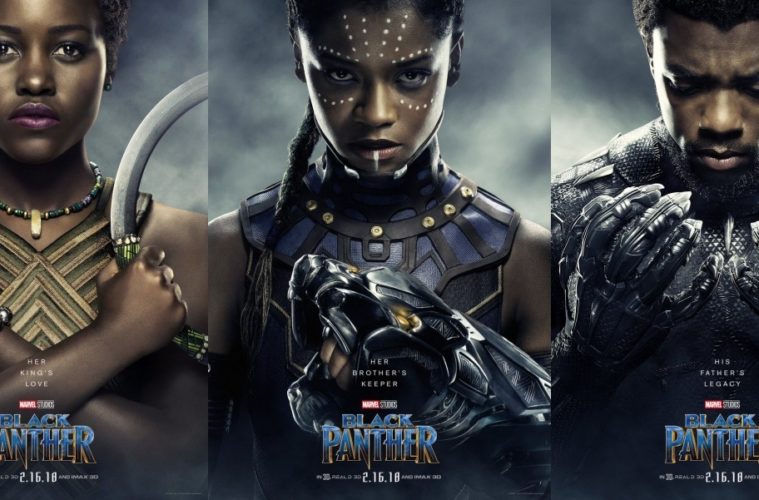Superhero movies are on the rise as the Marvel Cinematic Universe unfolds, but Black Panther takes a different approach to the formula by looking at heroes as vehicles for social justice.
Black Panther is about T’Challa, the prince of a hidden nation known as Wakanda, and his journey to becoming king. The movie makes several references to Captain America: Civil War where T’Challa was first introduced as Black Panther. The movie truly shines and separates itself from other superhero movies through its representations of African and Black Culture.
The nation of Wakanda is comprised of a handful of tribes that have been working together since the beginning of time. The different tribes are represented by their colored garb in the movie, but the different aspects of each tribe elders’ costumes reflect at least one aspect of African culture. One such elder wears a lip plate, typical of the Mursi people in Ethiopia.
In a video by Vanity Fair, Black Panther’s director Ryan Coogler breaks down much of the symbolism and inspiration he used during one fight scene. He discusses how the color of the main characters in the fight scene were meant to display the different colors of the Pan-African flag. Another color choice was for one of the villains, Ulysses Klaue, to wear blue to symbolize colonization. Nearly every time a Wakandan addresses a white person, he or she calls them “colonizers.”
Another prominent feature of the movie is the respectful gesture often performed when someone is in the presence of T’Challa. In the beginning of the movie we only really see the first half of the gesture, crossing the arms over the chest, but as the movie continues we slowly begin to see the second half, a forceful uncrossing of the arms. This gesture seems to represent the breaking of shackles or chains, which is symbolic of freedom from bondage or slavery.
The film also utilizes the language of Xhosa, a South African language, as the native tongue of Wakanda.
Professor William McCoy, whose graduate work focused primarily on African history, was impressed by the movie’s many references to African and Pan-African culture. “The film’s appeal to Pan-African identity might have been one of my very favorite parts of the film” says McCoy. “The clothing, architecture, and more were an eclectic mixture of African influences, but all of them felt rooted in recognizably authentic expressions.”
The movie is also reflective of Black Culture. Since the release of Captain America: Civil War, Marvel movies have toyed with villains with justifiable motives, as seen with Vulture in Spider-man: Home Coming. Killmonger, one of Black Panther’s villains, is a black man who learned of Wakanda and its technological advances at a young age. He wondered how the Wakandans could turn a blind eye and hide from the world while their people were being thrown into slavery and their neighboring countries were being ransacked and pillaged.
Even the movie’s premise is a metaphor for the history of Africa. The community of Wakanda is hiding, because the outside world desperately wants their near limitless supply of a super compound called Vibranium. Past tribes and even a few villains (who just so happen to be white) have used violent means to obtain Vibranium, costing Wakanda many lives and homes. Simply replacing Vibranium with ivory or cocoa beans reveals the parallel to the exploitation of Africa, its resources, and its people.
As an added bonus, nearly every character features a different African accent, whether it is Zulu, Rawandan or otherwise. Unlike most American and British documentaries, the movie doesn’t feature subtitles, showing that there is no need for assistance in understanding these dialects.
In short, Black Panther is a must see for those at Eastern and in other communities to begin to understand the life and trials of their own community. For more on Black Panther’s references, see the video at https://www.youtube.com/watch?v=SNHc2PxY8lY. Wakanda Forever.

